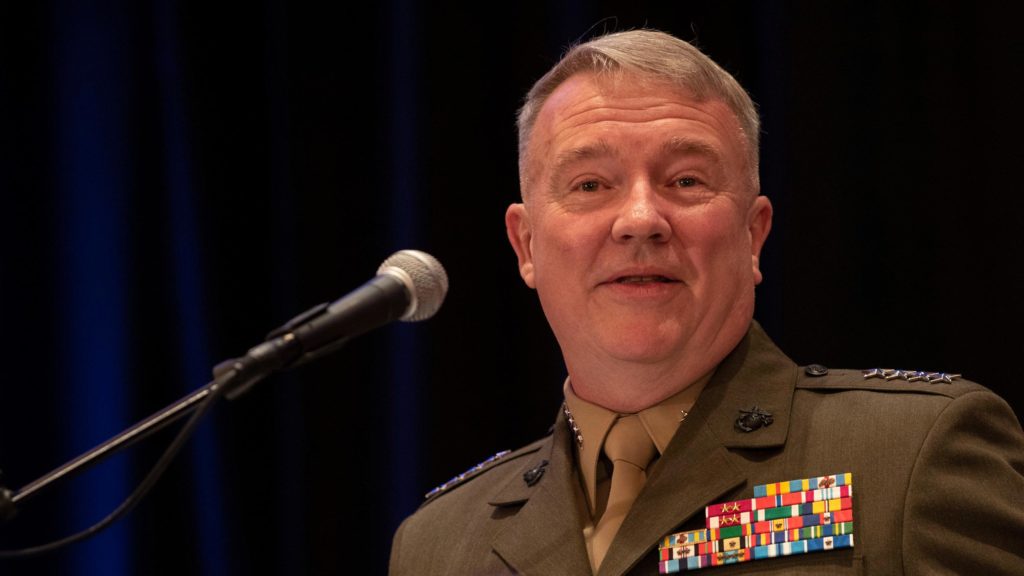The proliferation of inexpensive, small drones around the world is the “most concerning tactical development” since the rise of the improvised explosive device in Iraq, remarked Marine Gen. Kenneth McKenzie recently.
Speaking at the Middle East Institute in Washington, DC earlier this week, McKenzie, who heads the United States Central Command or CENTCOM, added that these concerns are amplified by the fact that dependable countermeasures against these drones currently don’t exist.
“I’m not just talking about large unmanned platforms, which are the size of a conventional fighter jet that we can see and deal with by normal air defense means. I’m talking about ones you can go out and buy at Costco right now for $1,000,” he said, reported Army Times.
The easy availability of commercial unmanned aerial systems (UAS) and the rapid spread of the know-how to equip them with explosives has seen militant organizations such as Hamas, Hezbollah, and the Taliban getting their hands on the unmanned vehicles and using them against military and civilian targets.
US forces have reported multiple instances of shooting down surveillance drones used by ISIS in Iraq. In Syria, unconfirmed reports state that the terrorist organization had used commercial drones packed with explosives against Kurdish YPG (People’s Defense Units) fighters.
Advantage Non-State Actors
Acknowledging that non-state actors have an upper hand in drone warfare at the moment, McKenzie sounded optimistic that soon the technology to counter such drones will be widely available.
“Right now we’re on the wrong side of the cost imposition curve because this technology favors the attacker, not the defender,” he said. “But we’re working very hard to fix this and flatten the curve. We have a variety of systems in the field already.”
DoD’s Counter-Small Drone Strategy
Meanwhile, the US Army, which is entrusted with overseeing the Defense Department’s programs to counter small drones, released a new strategy in January involving a multi-pronged approach to deal with this problem.
Most current solutions aim to sever the link between a remotely piloted drone and its operator, said Army Major Gen. Sean Gainey, the director of the Pentagon’s Counter-UAS Office (JCO), Seapower Magazine reported.
“But where we see the threat going in the future,“ he said, is toward “autonomous, massing swarming capability, [drones] integrating AI [artificial intelligence] and potentially leveraging 5G” cell phone technology.
The JCO will create integrated plans, technology, training concepts, and doctrine that focus “appropriate resources on countering the UAS threat while minimizing unnecessary duplication and redundancy,” said Gainey.



